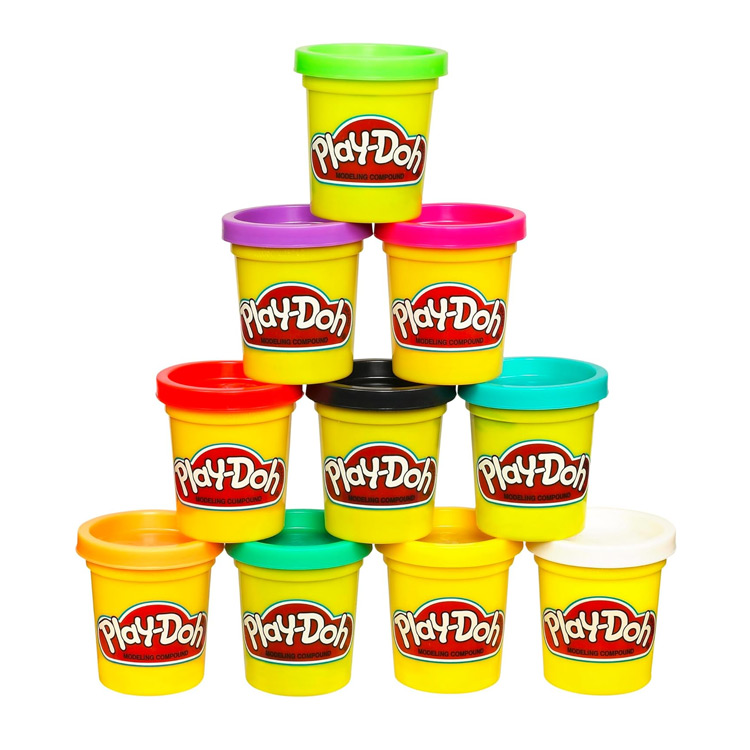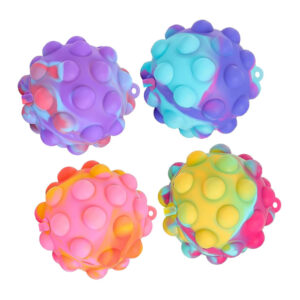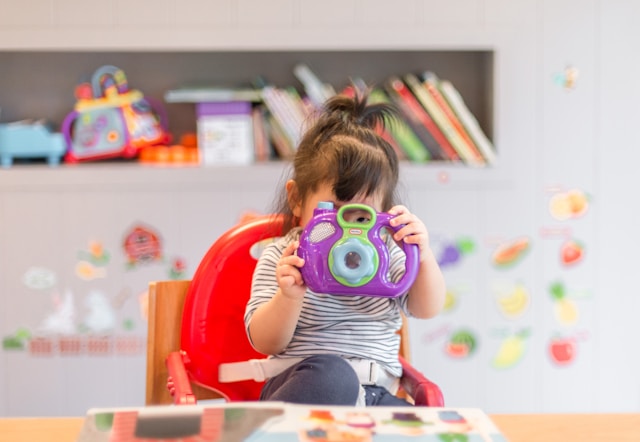Toddlers (ages 1–3) are at a fascinating stage: they are more mobile, curious, and eager to explore their environment than ever before. Sensory play during these years supports key developmental milestones — from refining motor skills and coordination to language growth and emotional regulation.
oddlers, typically between the ages of one and three, are in a phase of rapid growth and endless curiosity. They have moved beyond the gentle observations of infancy and are now exploring the world with both their bodies and minds. Sensory play during this stage supports their development in profound ways. Through touch, sound, movement, and even taste, toddlers learn about cause and effect, build fine and gross motor skills, and begin forming the foundations of problem-solving and language.
Top Sensory Toys for Toddlers
The best sensory toys for toddlers are those that invite open-ended exploration and can grow with them as their skills develop.
Playdough and other moldable materials encourage creativity and strengthen fine motor control. Stacking cups or blocks teach early spatial awareness and coordination while offering opportunities for simple problem-solving. Cause-and-effect toys like pop-up boxes or toys with buttons and levers captivate their curiosity and reward experimentation.
Water and sand play provide rich tactile experiences while fostering skills like scooping and pouring. Textured balls and soft squeezable toys invite little hands to explore while also helping toddlers learn about different sensations. Simple musical instruments such as maracas, drums, or xylophones introduce them to rhythm and sound, enhancing auditory development and encouraging self-expression.
Playdough and Moldable Materials
The best sensory toys for toddlers are those that invite open-ended exploration and continue to challenge and engage them as their skills grow.
Playdough and other moldable materials are an excellent example, as they give toddlers the freedom to shape, roll, pinch, and flatten with their hands. This kind of hands-on play sparks creativity and helps develop the fine motor control they will later use for drawing, writing, and self-care tasks like buttoning clothes.

Play Doh modeling compound (10-pack case of assorted colors) (via Amazon)
Stacking Cups and Building Blocks
Stacking cups and building blocks are equally valuable because they nurture spatial awareness and coordination. As toddlers experiment with balancing blocks or fitting cups inside one another, they begin to understand concepts such as size, order, and stability while also practicing early problem-solving. Cause-and-effect toys, including pop-up boxes and toys with buttons, levers, or gears, capture their natural curiosity.
Each push, turn, or slide shows them that their actions can create a response, deepening their understanding of how things work.
Water and sand play provide some of the richest sensory experiences for toddlers. Whether they are scooping, pouring, or simply running their fingers through sand or splashing water, these activities build tactile awareness and strengthen hand-eye coordination.
Textured balls and soft squeezable toys encourage little hands to feel different surfaces, from bumpy to smooth or squishy to firm. These experiences help toddlers learn to discriminate between sensations and can be both stimulating and soothing.
Musical Instruments
Simple musical instruments such as maracas, drums, or xylophones offer another dimension of sensory exploration. As toddlers shake, tap, or strike these instruments, they discover rhythm, cause and effect, and the joy of making sounds.
This kind of auditory stimulation not only supports early language development but also encourages self-expression through music and movement. Together, these types of toys create an engaging environment that supports a toddler’s growth across many areas of development, blending play with meaningful learning.
Water!
Water and sand play provide some of the richest sensory experiences for toddlers. Whether they are scooping, pouring, or simply running their fingers through sand or splashing water, these activities build tactile awareness and strengthen hand-eye coordination.
Textured balls and soft squeezable toys encourage little hands to feel different surfaces, from bumpy to smooth or squishy to firm. These experiences help toddlers learn to discriminate between sensations and can be both stimulating and soothing.

3D Stress Balls Pop-It Fidget Pack of 4 (read more)
Toddler Safety and Play Considerations
When choosing toys for toddlers, safety is always a priority. Toys should be large enough to avoid choking hazards and made from non-toxic, child-safe materials. Since toddlers often explore objects by putting them in their mouths, supervision during play is essential. Creating a safe and engaging play environment allows toddlers to explore freely while staying protected. It can also be helpful to rotate toys periodically to maintain interest and encourage curiosity. Involving caregivers in play, such as naming objects and describing textures or actions, enriches language development and strengthens bonds. Balancing energetic play with calmer sensory activities helps toddlers develop self-regulation, moving between moments of excitement and rest.
Conclusions
Sensory play is more than just entertainment for toddlers; it is a crucial part of how they understand the world. Toys that engage their senses help strengthen the small muscles in their hands and fingers as they press, squeeze, or manipulate objects. This hands-on exploration fosters hand–eye coordination, which is essential for future skills like writing and self-feeding.
As toddlers play with toys that respond to their actions — such as pressing a button to hear a sound or stacking blocks until they topple — they develop cognitive skills and learn about cause and effect. Sensory activities also offer opportunities for emotional growth. Soft textures can be calming during moments of stress, while bright colors or rhythmic sounds can stimulate and engage their attention. Moreover, playing alongside parents, caregivers, or other children allows toddlers to practice early communication, learn to share, and build the foundations of social interaction.
